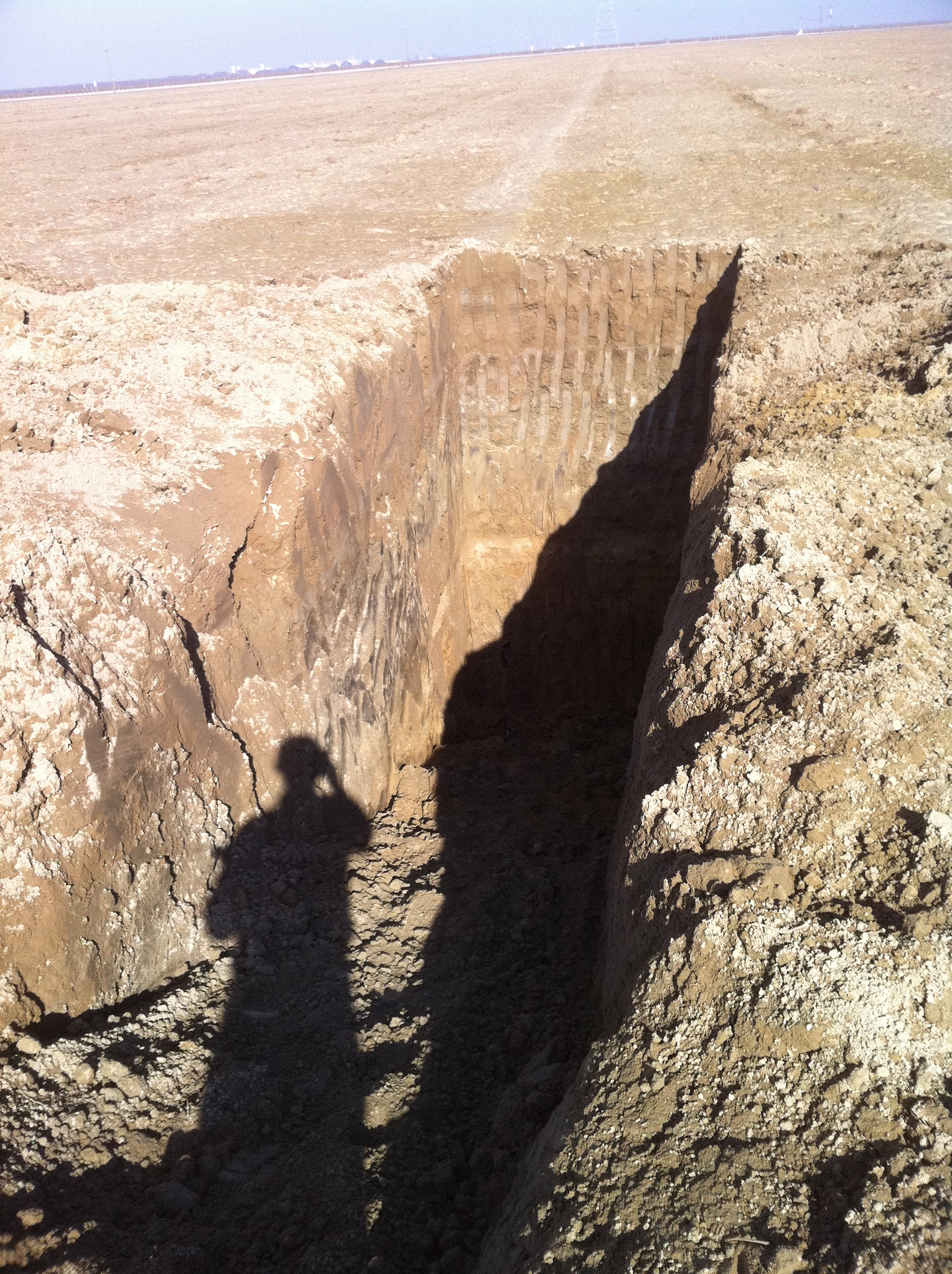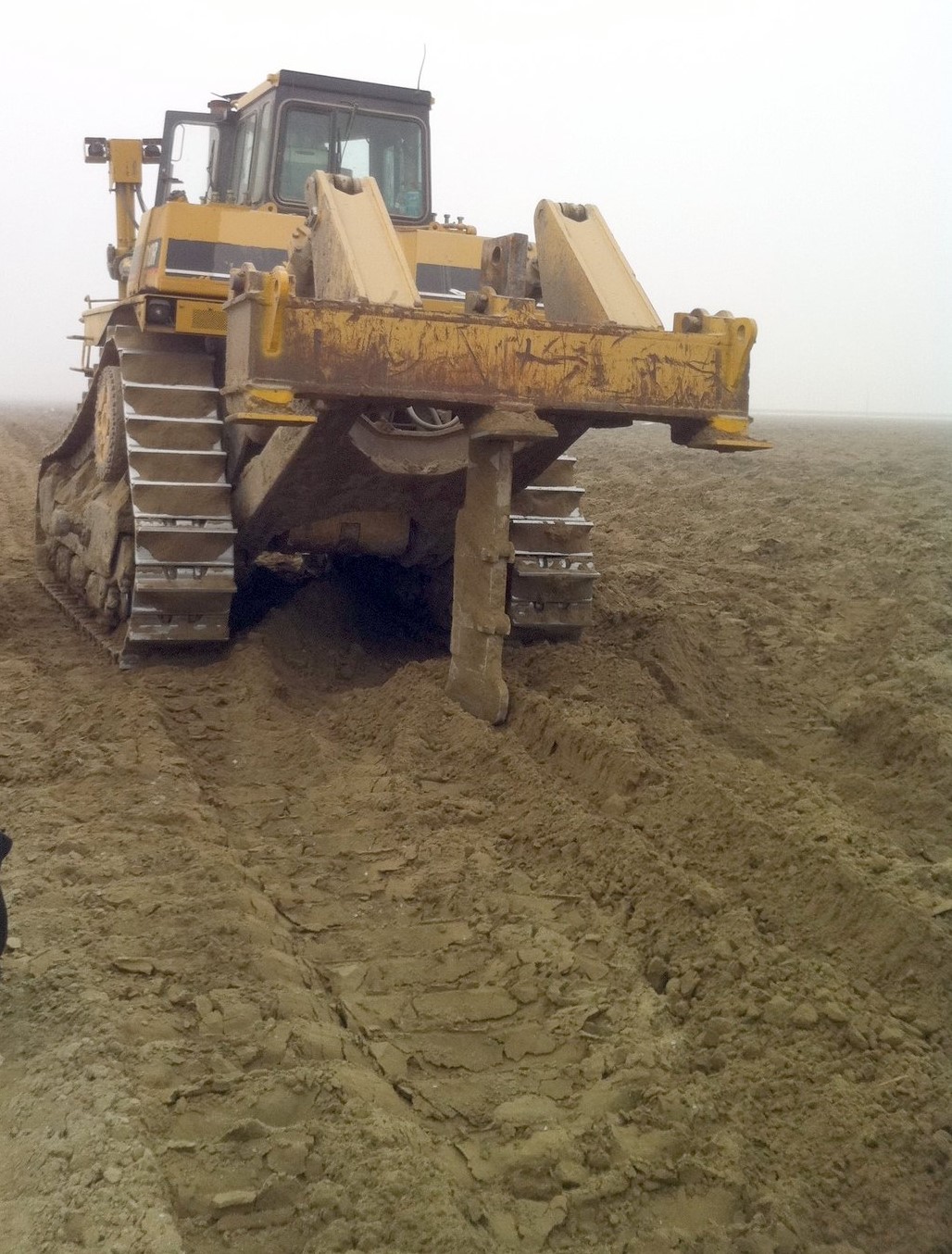The almond trees are performing as expected and our young vineyard is thriving. Soil is the foundation for plant sustainability. We can analyse it and through care and attention to the elements, maintain its balance. Moisture control, artificial and natural amendments are tools that we can use. The idea is to give back to the soil what is lost and even to enhance it when we can. This takes resources of course and to make sure that we do the right thing we need to know strengths and weakness of our ground. So, what kind of land do we have?
UC Davis and the NCRS present official USDA data in a handy survey map for our benefit:
Translate the symbols from the map contour above using the legend below and you will know our soil types:
|
Symbol
|
Soil Name
|
Acres
|
Percentage
|
|
Cb
|
Cajon loamy coarse sand, saline-alkali
|
13.9
|
6.0%
|
|
Ft
|
Fresno sandy loam, shallow
|
90.0
|
38.5%
|
|
Fv
|
Fresno fine sandy loam, shallow
|
27.3
|
11.7%
|
|
Fx
|
Fresno-Traver complex
|
2.9
|
1.2%
|
|
Hse
|
Hesperia sandy loam, saline-alkali
|
28.1
|
12.0%
|
|
Hsn
|
Hesperia sandy loam, moderately deep, saline-alkali
|
29.4
|
12.6%
|
|
Hsy
|
Hesperia fine sandy loam, moderately deep, saline-alkali
|
12.8
|
5.5%
|
|
Pl
|
Playas
|
9.4
|
4.0%
|
|
Ws
|
Wunjey fine sandy loam
|
19.8
|
8.5%
|
|
Totals for Representative Mapped Area
|
233.8
|
100.0%
|
|
Each of these classes have extensive descriptions; the Fresno series for example. As a generalization you might say that our soil is sandy loam. In this part of the valley soil is naturally alkaline and low in organic matter so you could say it does need some help. Here is what it looks like when exposed by backhoe:

This test excavation was made when establishing our new vineyard.
The first few inches are fine sandy loam; grayish brown when moist. Next, slightly lighter colored even lower in organic material and strongly alkaline this layer has a abrupt smooth boundary. At 12-18″ we have sandy clay loam that is slightly sticky and quite firm. Just below this is strongly cemented lime silica hardpan.

The ground trembles when this big CAT ripper sinks that 4′ shank.
Breaking up the hardpan is an elementary step. Gypsum can be employed to help resist the formulation of hardpan. Also, Gypsum will exchange calcium for sodium, releasing the sodium into solution allowing it to leach out into 24″ to 60″ stratified loam that becomes friable and less calcareous with depth .
Since we have low & medium levels of free lime we apply Sulfur to the soil profile. Soil sulfur will combine with the water and oxygen therein to form sulfuric acid taking the soil pH toward the acidic. To supplement organic material we add Compost.
Take care of your land and it will take care of you.
